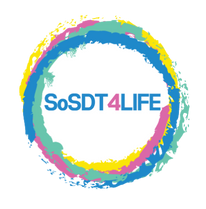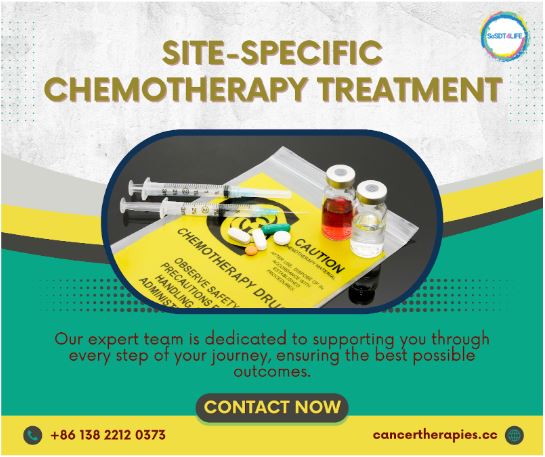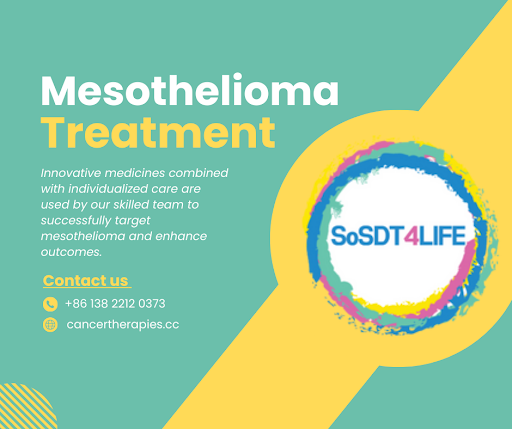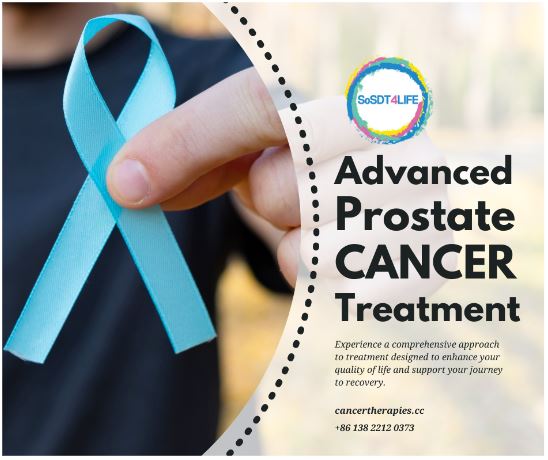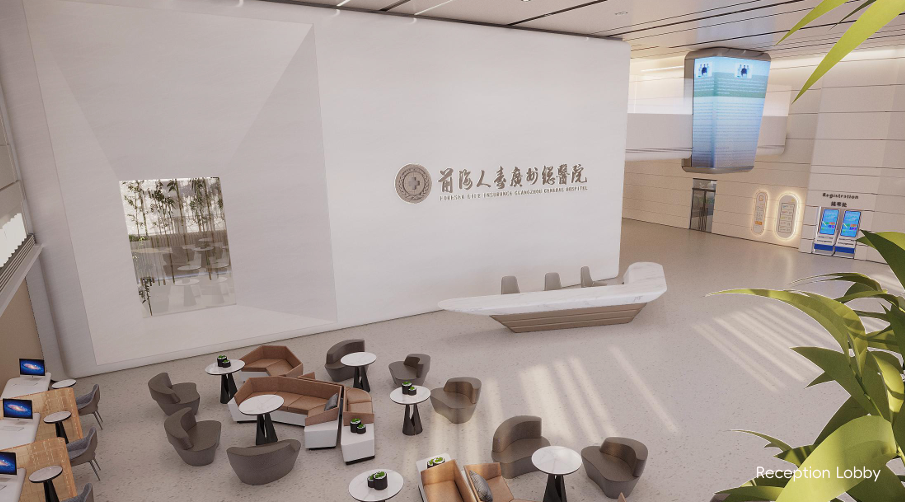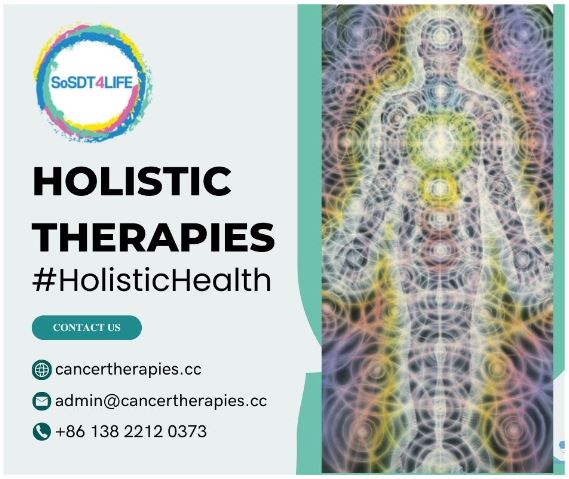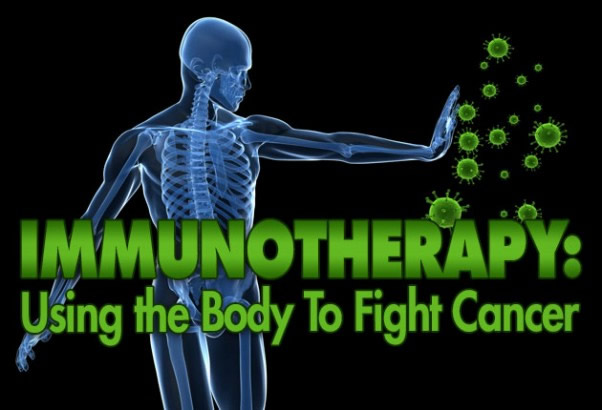SonoDynamic Therapy (SDT)
SonoDynamic Therapy (SDT)
SoSDT 4 LIFE’s Division of Oncology is highly regarded internationally thanks largely to the pioneering work and ongoing research carried out by its distinguished head, Professor Xiaohuai Wang, MD.
Dr. Wang’s ground-breaking and innovative accomplishments in the field of SonoDynamic Therapy (SDT) have seen a growing number of patients, many from the Western world, turn to SoSDT 4 LIFE for the treatment of late stage cancers – and with tremendous success.
SoSDT 4 LIFE views SDT as the essential non-toxic therapy for metastatic cancer and it lies at the core of the hospital’s successful approach to cancer treatment.
SDT is a relatively new therapy in the field of cancer treatments. SonoDynamic Therapy (SDT) to destroy tumours in malignant cells.
Dr Wang is the inventor of the specially designed ultrasound bath and SoSDT 4 LIFE has exclusive rights to this ground-breaking superior equipment. No other facility anywhere in the world has this technology, which allows for effective and efficient whole-body treatment. Dr Wang is the world’s leading authority on SDT and the combination of his expertise and the best SDT equipment available anywhere, ensures that we are the leader in the field of SDT and second to none.
The combined SDT approach can be effectively used to combat most types and all stages of cancer, but it has proven to be of particular benefit to late stage cancer patients for whom there exist few effective treatment options. SDT works synergistically with other advanced cancer treatment modalities – enhancing their efficacy exponentially – including: (low-dose) chemotherapy, Site-Specific Chemotherapy, Radio Seed Implantation, Radio Frequency Ablation, HIFU, immunotherapy, natural therapies, holistic therapies and Traditional Chinese Medicine.
SonoDynamic Therapy
SDT is the use of low level ultrasound – along with different naturally derived sensitisers – to destroy tumours in malignant cells. This sensitiser when hit by the ultrasound waves also becomes toxic to the targeted cancerous cells whilst causing no harm to healthy cells.
SDT is a more recent cancer treatment, having first been applied to human patients little more than a decade ago.
It was developed as a way to reach the deep seated tumours of the body that PDT with its limitations is unable to touch.
It’s critical advantage over PDT is that unlike light, the human body is particularly transparent to ultrasound. The sound waves penetrate the body, successfully attacking deep seated tumours thus making SDT a key treatment for a growing number of patients.
Dr. Wang and his team at SoSDT 4 LIFE have been the pioneers and are the worlds leading authority on SDT . After many years of research and working closely with world class scientists and engineers, Dr. Wang and his team have designed and built purpose made sensitisers and ultrasound baths that are the most effective and efficient means of administering SDT anywhere in the world.
SDT is a twenty first century therapy which can treat almost all tumors, wherever they are in the body. SDT is the key therapy.
SonoDynamic Therapy (SDT)
SDT, then, employs both light and sound frequencies to damage and destroy cancer cells in a non-invasive and non-toxic procedure.
In plain language, the sensitising agent primes the tumour cells to specific frequencies but has no effect on regular, healthy cells. Administration of SDT through localised and whole body routes then causes a reaction within the sensitised tumour cells, which results in the formation of reactive oxygen species, destroying the tumour mass.
As the therapy has minimal side effects and does not damage surrounding tissues, SDT is increasingly the preferred cancer treatment for those who have not responded to previous treatment – and especially in the case of metastatic cancers.
A wide variety of cancers have been successfully treated using SDT in conjunction with elements of both Western and Chinese medicine, including advanced breast, prostate, stomach, lung, brain, colorectal, maxillary sinus, skin and epithelial soft tissue cancers.
Key Advantages of SDT Include:
- As a non-toxic cancer treatment, it can be repeated many times, without loss of effectiveness – the fact that the body can only tolerate a limited amount of toxic drugs and toxic radiation means that, at some point, oncologists exhaust their conventional treatment options.
- As a whole-body therapy and when applied in a water bath fitted with multiple transducers, it attacks cancer wherever it is and whether it has been detected or not.
- Many patients receiving SDT based treatment enjoy a good quality of life and live considerably longer. We expect many to live happily into old age.
- It is effective with a large range of cancers, even supposedly impossible cancers such as mesothelioma.
- It is synergistic in nature and particularly effective when carried out in combination with low dose chemotherapy.
- When received prior to surgery, pathological evaluation found the excised tumor to be at least partly necrotic.
The downsides are few, namely the limited availability of SDT in the Western world and the fact that, in some Western countries, the treatment is not covered by state or private health insurance.
SDT Based Treatment
SDT and all standard treatments for metastatic cancer are rarely curative. Treatment needs to continue indefinitely. This is almost always impractical with standard treatments. Chemotherapy and radiation therapy are dangerous and too often lose efficacy for longer term use.
SoSDT 4 LIFE has added an effective, affordable follow up program which can be used indefinitely to attack any remaining cancer, and any newly developing cancers.
SDT is the basic treatment to immediately and effectively attack all cancer including metastases. The follow up program maintains that attack on remaining cancer and reduces the risk (or defers the occurrence) of recurring cancer.
We recommend continuing this follow up program until there is no evidence of remaining cancer, and then to take (cheaper) maintenance doses indefinitely.
SDT Treatment Outcomes
When evaluating patient outcomes, it is important to remember that almost all SDT patients have tried standard therapies, with minimal, if any, success. By the time they turn to SDT treatment, the disease has usually progressed, their bodies have been damaged by previous treatments, many are in poor general health and have large cancer loads. They typically have no other reasonable treatment options.
Despite these handicaps, SDT does amazingly well.
Eminent Melbourne-based Australian scientist Dr. Doug Mitchell – who currently serves as a scientific consultant to the team at SoSDT 4 LIFE and has been actively involved in researching the outcomes of SDT treatment for nearly 10 years – believes some 80% of patients he has worked with have significantly benefited from the treatment, some spectacularly so.
In his words, he says he has seen patients arrive for treatment looking in dreadful health only to emerge a few weeks later looking terrific.
“I recall a patient who arrived at SoSDT 4 LIFE in a wheelchair and was coughing constantly. A few months later, we caught up for lunch, there was no coughing and she had just been for a 150-metre swim in the pool,” he said.
“Every doctor I have spoken to who is familiar with SDT believes it is the best treatment for metastatic cancer. It is also new technology and new technology improves with time, so we can confidently expect even better outcomes as the technology is developed.”
Note also that the patients who fail to benefit from SDT fail because they have incurred too much damage from the cancer and/or from previous treatment. They have reached a “point of no return” where even if all cancer magically disappeared, they wouldn’t make it because of their pre-existing damage. They are not treatment failures.
